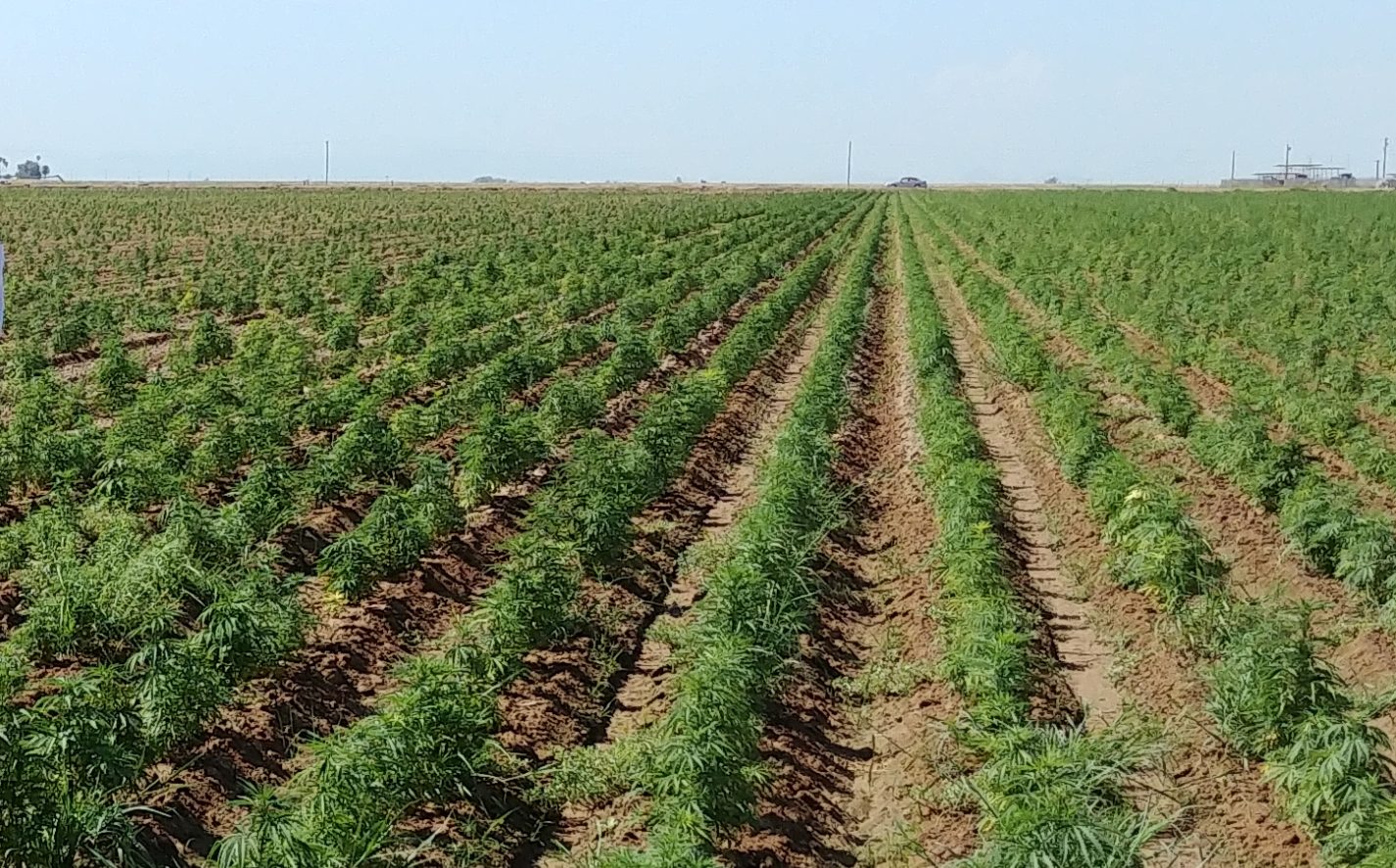Hemp is an emerging agricultural industry with seemingly unlimited potential. The passage of the 2018 Farm Bill did a lot for the US economy. Also, it allowed farmers from other sectors to expand their revenues by either switching to hemp growing altogether or rotating out their current crop of choice to grow hemp, extending their growing seasons. With anything new, challenges can arise pretty quickly. It can be difficult to track down the most critical resources, how-to guides, and industry insights like most new industries. This blog aims to help connect hemp farmers, or those looking to start farming hemp, with the knowledge and resources they need to be successful.
Why Grow Hemp?
As a farmer, you’ve most likely heard about the benefits of growing hemp. It is used in all kinds of products like paper, clothing, rope, and food. You might be wondering, why should I grow hemp? Is growing hemp right for my farming business? Growing hemp is a much less taxing and demanding experience than producing other products like corn and wheat. Also, you will not need to use as many artificial agents to keep the hemp from being riddled by pesky critters. Many find solace in hemp’s potential for being a genuinely eco-friendly alternative.
Don’t grow too fast too soon.
It is wise to take on hemp farming in smaller doses instead of mazing out your land with hemp plants in the first season. Since there is so much preparation and experimentation that goes on during your first run, it’s best to start with just an acre or two. Optimize that grow and then expand each season after so that you can make any detrimental mistakes with less at stake.
Water your hemp accordingly.
Most hemp plants require an average of 20-30 inches of rainfall during the growth phase, so make sure that the precipitation in your area keeps up with that or ensure you have suitable irrigation systems to cover your crop if you don’t anticipate getting that much water.
The Importance of Pest Control
One area that is easily overlooked when it comes to hemp farming is mold growth and pests. Some of the most common diseases are grey/white mold and root rot. In terms of pests, grubs, cutworms, and spider mites are common culprits. Some farmers utilize insecticides, but many want to handle pest control without harsh chemicals. Controlling spider mites the natural way is easy when you incorporate Super Growers Miticide concentrate. It is a pesticide used to control mites and other soft body insects. SGM is a safe, all-natural alternative to conventional pesticides and does not cause resistance development after continuous use.
Harvesting at the correct times
The type of hemp being grown dictates the harvesting period. Hemp that will be used for CBD is typically harvested in early October or when the hemp plant is nearing 16 weeks old. For hemp grown for fiber, it usually is ready between early bloom and seed set.
Conclusion
Hemp is a strong, robust plant that offers many benefits to the farmer. Hemp farming is so much more than just planting, growing, harvesting, and storing. When done right, you get to reap the benefits of hemp throughout its lifecycle. As long as you follow the basic procedures, growing hemp is simple and will produce great results.
Medical Disclaimer:
The information provided in these blog posts is intended for general informational and educational purposes only. It is not a substitute for professional medical advice, diagnosis, or treatment. Always seek the advice of your physician or other qualified healthcare provider with any questions you may have regarding a medical condition. The use of any information provided in these blog posts is solely at your own risk. The authors and the website do not recommend or endorse any specific products, treatments, or procedures mentioned. Reliance on any information in these blog posts is solely at your own discretion.






